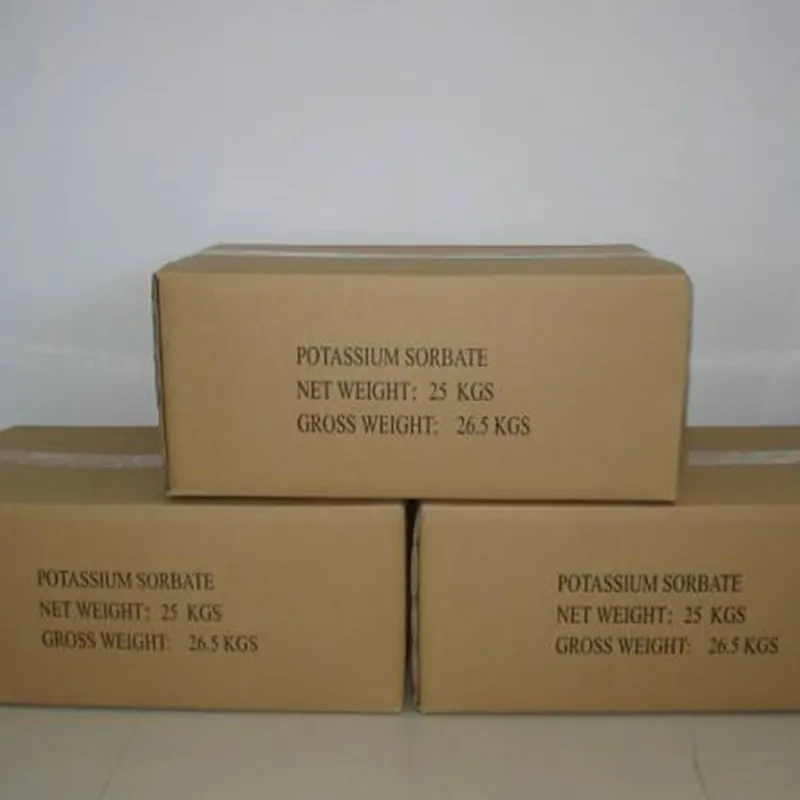
acetic acid formic acid
A Comparative Study of Acetic Acid and Formic Acid
Acetic acid and formic acid are two of the simplest carboxylic acids, each possessing distinct properties, uses, and biological significance. Understanding their similarities and differences can provide valuable insights into their chemical behavior and their applications in various fields, including food, pharmaceuticals, and industrial manufacturing.
Structure and Properties
Acetic acid (CH₃COOH), commonly known as vinegar, consists of a methyl group (CH₃) attached to a carboxyl group (COOH). It is a colorless liquid with a pungent smell, boiling at about 118 °C. Acetic acid is widely recognized for its role in food preservation and flavoring, as well as in the production of various chemicals, such as acetic anhydride and acetate salts.
Formic acid (HCOOH), on the other hand, is the simplest carboxylic acid, containing only one carbon atom. It is a colorless and corrosive liquid with a characteristic sour odor and boiling point of approximately 100 °C. Formic acid is primarily found in nature, particularly in the venom of ants and the secretion of various stinging insects. Its name is derived from the Latin word formica, meaning ant.
Despite both being carboxylic acids, the structural differences between acetic and formic acid significantly influence their acidity, stability, and reactivity. Formic acid is generally considered a stronger acid than acetic acid due to the greater electronegativity of its functional group, which results in a more significant stabilization of its conjugate base.
Uses and Applications
acetic acid formic acid

Acetic acid is extensively used in the food industry as a preservative and condiment. It contributes to the sour taste of vinegar, which is a staple in culinary practices globally. Beyond food, acetic acid plays a crucial role in the manufacturing of synthetic fibers, plastics, and paints. It is also a key ingredient in the production of acetates, which are widely used in pharmaceuticals and cosmetics.
Formic acid has a variety of applications as well, albeit more specialized. It is commonly used in leather production, as a preservative in agriculture, and as a reducing agent in chemical reactions. Its antibacterial properties make it useful in livestock feed additives. Additionally, formic acid's role in the textile industry—particularly in dyeing and finishing processes—cannot be overstated.
In recent years, both acids have garnered attention for their potential in renewable energy applications. Acetic acid, derived from biomass, is being explored as a sustainable feedstock for various chemical processes, while formic acid is being investigated as a hydrogen storage medium, owing to its high hydrogen content and the ease of its decomposition into hydrogen and carbon dioxide.
Environmental and Health Considerations
When used responsibly, both acetic acid and formic acid can be safe; however, they can pose health risks if exposure is excessive. Acetic acid can cause irritation to the skin, eyes, and respiratory system, while formic acid is more corrosive and can cause severe burns. Safety measures, including protective gear and proper ventilation, are essential when handling these substances.
In conclusion, acetic acid and formic acid are integral to many chemical processes and industries. Their unique properties and applications illustrate the importance of carboxylic acids in both human use and natural processes. As research continues, their roles in sustainable practices may further expand, showcasing their relevance in a rapidly changing world. Understanding these acids not only enriches our appreciation for organic chemistry but also highlights the potential for innovation in various sectors.
-
Sodium Dichloroisocyanurate Safety Handling ProtocolsNewsJul.29,2025
-
Mining Chemicals for Copper Extraction Processes GuideNewsJul.29,2025
-
Fertilizer for Sale Shipping and Storage TipsNewsJul.29,2025
-
Dimethyl Disulfide as Sulfurizing AgentNewsJul.29,2025
-
Benzotriazole Safety Data Handling and Storage GuidelinesNewsJul.29,2025
-
Ammonium Bicarbonate Safety Handling Storage GuidelinesNewsJul.29,2025
-
The Transformative Role Of Trichloroisocyanuric Acid in Water TreatmentNewsJul.23,2025
Hebei Tenger Chemical Technology Co., Ltd. focuses on the chemical industry and is committed to the export service of chemical raw materials.
-

view more DiethanolisopropanolamineIn the ever-growing field of chemical solutions, diethanolisopropanolamine (DEIPA) stands out as a versatile and important compound. Due to its unique chemical structure and properties, DEIPA is of interest to various industries including construction, personal care, and agriculture. -

view more TriisopropanolamineTriisopropanolamine (TIPA) alkanol amine substance, is a kind of alcohol amine compound with amino and alcohol hydroxyl, and because of its molecules contains both amino and hydroxyl. -

view more Tetramethyl Thiuram DisulfideTetramethyl thiuram disulfide, also known as TMTD, is a white to light-yellow powder with a distinct sulfur-like odor. It is soluble in organic solvents such as benzene, acetone, and ethyl acetate, making it highly versatile for use in different formulations. TMTD is known for its excellent vulcanization acceleration properties, which makes it a key ingredient in the production of rubber products. Additionally, it acts as an effective fungicide and bactericide, making it valuable in agricultural applications. Its high purity and stability ensure consistent performance, making it a preferred choice for manufacturers across various industries.











